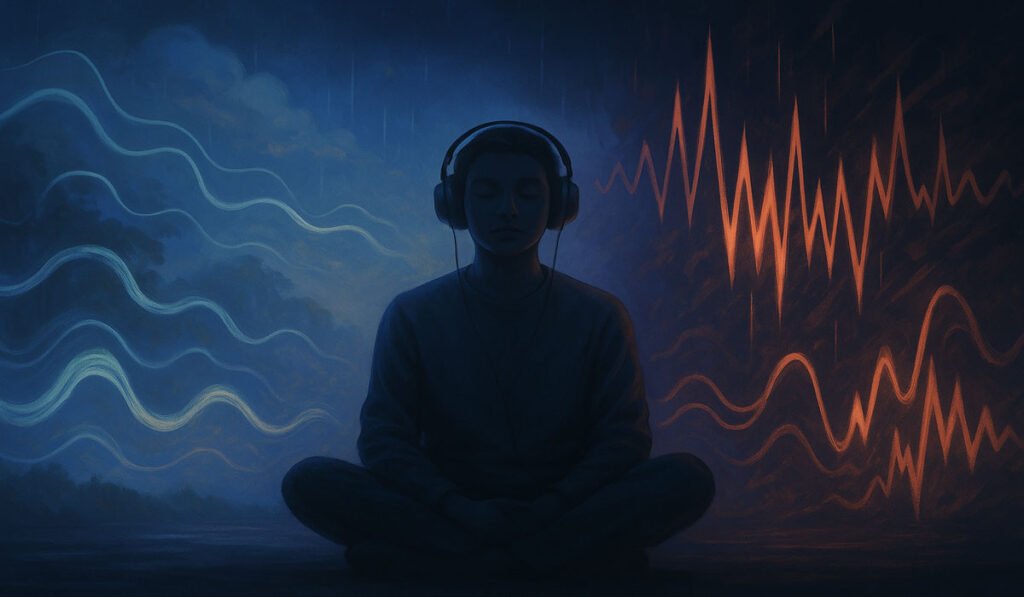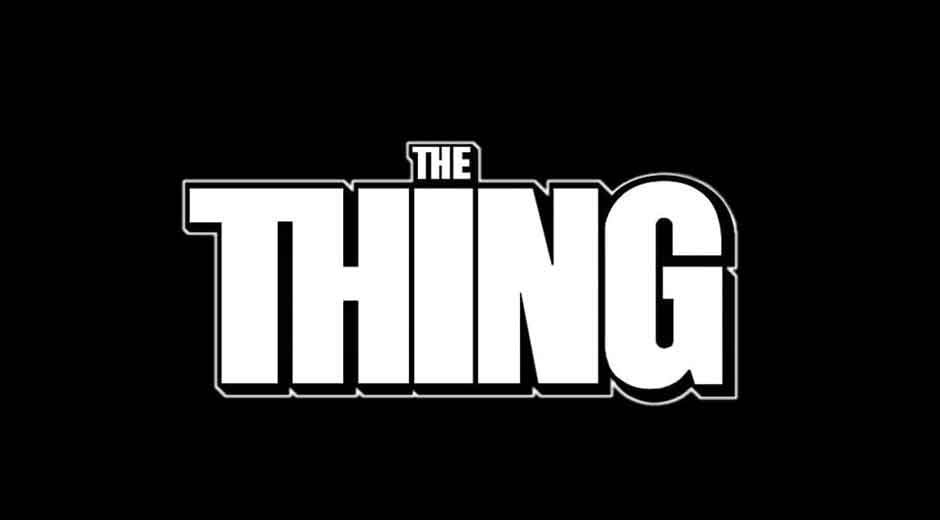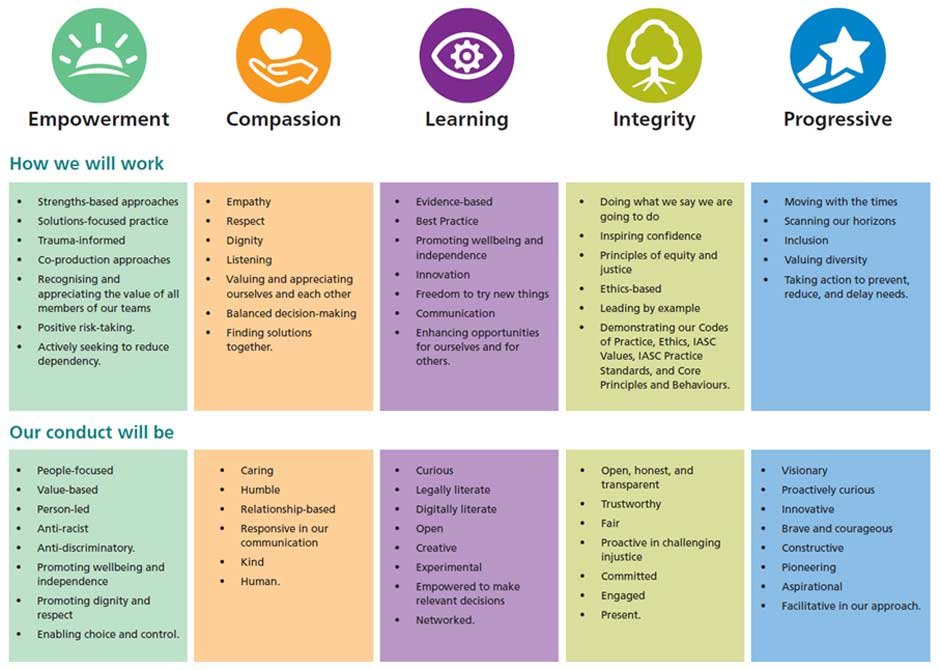Table of Contents
ToggleFrom Viral Joke to Sonic Exploration: The Story of Ambient Chaos
In a corner of the internet known for its clever creations, a website popped up that perfectly captured the strange reality of seeking peace in a noisy world. The site, called Ambient Chaos, is the brainchild of internet artist Neal Agarwal. At first, it looks like any other relaxation tool you might find online.
You start by mixing pleasant, everyday sounds—the patter of rain, the murmur of a coffee shop, the chill vibe of lofi beats. But a quick scroll reveals the twist. The site gleefully invites you to blend your calm soundscape with the jarring racket of a couple arguing, the shriek of a nuclear siren, or even the groans of an approaching zombie horde.
This quirky tool, aptly subtitled “an ambient sound maker that goes a little too far,” quickly went viral. It works as a sharp, funny critique of the wellness industry, poking fun at our endless attempts to engineer perfect, stress-free bubbles in a world that refuses to cooperate.
More Than a Meme: What “Ambient Chaos” Really Means
While Agarwal’s project is a brilliant piece of satire, the phrase “ambient chaos” points to something bigger in the world of sound design and music. It’s about the deliberate use of unsettling, complex, or discordant sounds to create a specific atmosphere. It’s a move away from sounds that are just meant to be soothing.
This technique is a powerful tool in film, video games, and art, used to build worlds that feel tense, futuristic, or wonderfully unpredictable. Beyond that, you can now find apps and playlists that proudly wear the “ambient chaos” label, offering soundscapes that are more about creating a mood—be it mysterious, thrilling, or intense—than just helping you relax.
These experiences are for people who want background noise that is more than just functional. They’re looking for something immersive, artistic, and emotionally engaging, even if that emotion isn’t simple tranquility.
The Weird Science of Our Brains on Sound
So, what is it about this blend of calm and chaos that grabs our attention? To get it, you have to understand how deeply sound affects our brains. Study after study confirms that we are hardwired to react to our auditory environment. The sounds of nature, for example, are proven to lower stress, lift our moods, and even help us think more clearly.
Sounds like ocean waves or birds singing tend to feel pleasant because their patterns are easy for our brains to process. This predictability lets our minds switch from a state of high alert to one of relaxed focus. It’s the whole principle behind using ambient music or white noise to concentrate or unwind.
But what about the chaotic sounds? The magic is in the contradiction. Our brain is a pattern-finding machine. A complex, chaotic soundscape can actually hook our attention without being an outright distraction, offering a unique kind of mental stimulation that simple quietness can’t match.
Finding Focus in the Noise: The Surprising Upside of Chaos
Why on earth would someone choose to work to the sound of a campfire mixed with a crime scene? The logic lies in the idea of controlled chaos. For a mind buzzing with anxiety, a jarring but steady soundscape can act as an anchor, pulling it back to the present moment.
There’s another practical benefit. A complex audio environment can be incredibly effective at drowning out the sudden, unpredictable noises of the real world. The constant, low hum of a fictional alien ship is often far less distracting for a writer than a door slamming or a nearby phone call.
This kind of auditory input can keep the restless part of your brain occupied, almost like a sonic fidget spinner. This frees up the rest of your mind to focus on the task at hand. It replaces true, random distractions with a rich, textured chaos that you, the listener, are in complete command of.
The DIY Soundscape: Your Life, Your Soundtrack
The buzz around tools like Ambient Chaos points to a bigger cultural shift: we want to be the DJs of our own lives. A whole new wave of apps and websites has appeared, giving us the power to design our personal auditory worlds.
Platforms such as myNoise and A Soft Murmur provide huge libraries of sounds that you can layer and mix into a perfectly customized soundscape. You can blend different kinds of rain, add the rumble of a distant train, or even design the sound of a spaceship’s engine room.
This trend acknowledges that our relationship with sound is deeply personal. A sound that one person finds calming might drive another person up the wall. These tools give us the power to build a sonic sanctuary that is perfectly suited to our mood, our work, and our unique mind.
The Future is Auditory: Crafting Our Personal Sonic Worlds
In the end, ambient chaos is much more than an internet fad or a strange musical subgenre. It marks a fascinating moment in our ongoing relationship with technology, sound, and mental wellness.
It shows that we’re looking for more than just peace and quiet. We want to understand and control our sensory experiences, even the messy, chaotic parts. As we look to the future, it’s clear that our interaction with sound will only become more personal and more creative.
We are discovering how to use sound not just as an escape, but as a powerful tool to shape our reality, focus our minds, and find a strange, beautiful harmony in the wild, unpredictable noise of life.













